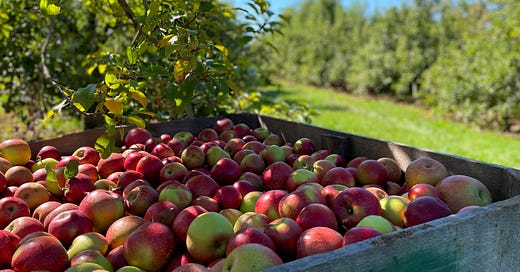Let's take a trip down under and talk about Australia's apple history. The first apple trees in Australia were brought over by European colonizers in the late 18th and early 19th centuries, with the first recorded planting of apple trees being by the British Governor of New South Wales, Captain Arthur Phillip, in 1788. However, these early apple trees weren't exactly suited for the local climate, so it wasn't until later years that apple cultivation really took off in Australia.
Now, let's talk about one of the key figures in the early history of apple cultivation in Australia - Maria Smith. She's credited with developing the Granny Smith apple variety in the late 19th century. Maria Smith was a British immigrant who settled in Sydney in the 1850s. One day, she discovered a chance seedling in her garden, which she propagated and nurtured. And the rest, as they say, is history. The Granny Smith apple is now one of the most popular apple varieties in Australia and around the world.
Moving on to the 20th century, the apple industry in Australia experienced significant growth, with the development of new apple varieties and the expansion of orchards across the country. Today, Australia is one of the largest apple producers in the Southern Hemisphere, with over 2000 commercial apple growers across the country. The major apple-growing regions in Australia are in Victoria, New South Wales, and Tasmania, with smaller orchards located in other states such as Western Australia and South Australia.
The modern apple industry in Australia is characterized by a focus on quality, sustainability, and innovation. Many apple growers in Australia have adopted environmentally-friendly farming practices, such as integrated pest management and water-efficient irrigation systems. In addition, Australian apple growers have developed new apple varieties that are well-suited to the country's unique climate and growing conditions. Some of the most popular apple varieties grown in Australia include Pink Lady, Gala, Fuji, and Granny Smith.





